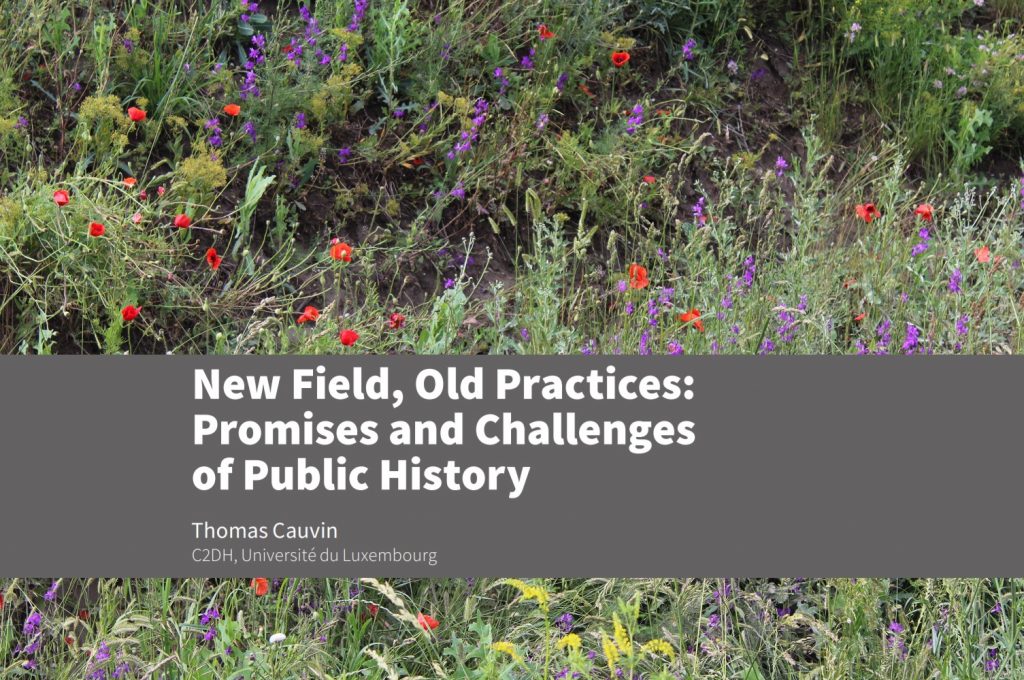
Abstract Although public history is becoming increasingly international, the field remains difficult to define and subject to some criticism. Based on sometimes longestablished public practices, public history displays new approaches to audiences, collaboration and authority in history production.
This article provides an overview of public history, its various definitions and historiography, and discusses some of the main criticisms of the field. Public history is compared to a tree of knowledge whose parts (roots, trunk, branches and leaves) represent the many collaborative and interconnected stages in the field. Defining public history as a systemic process (tree) demonstrates the need for collaboration between the different actors – may they be trained historians or not – and aim to focus on the role they play in the overall process. The future of international public history will involve balancing practice-based approaches with more theoretical discussions on the role of trained historians, audiences and different uses of the past.
Keywords Public history. Historiography. Collaboration. Memory. Ethics. Training.
Summary 1 Public History: A Field Full of Promise. – 2 Do We Need – or Want – a
(Single) Definition of Public History? – 2.1 Because Public History is not Like Pornography,
“I Do not Know It When I See It”: Reasons for Defining Public History. – 2.2 Problems
in Defining Public History. – 3 Public His(tree): An Interconnected and Collaborative
System. – 3.1 From a Trunk to a Tree: Enlarging the Historical Process. – 3.2 Collaboration,
Shared Authority and Public History. – 3.3 “Not Everyone can Become a Great Artist, But
a Great Artist can Come from Anywhere” (Anton Ego, Ratatouille, 2007). – 4 The Rise of
Public History: A Short Historiography. – 5 Public History Under Criticism. – 5.1 “There
is No Need for Public History”. – 5.2 “Public History is not History”. – 5.3 Public History,
Consultants and Clients. – 5.4 “Public History is a Set of Blind Practices”.
Thomas Cauvin
C2DH, Université du Luxembourg
Перейти к полному тексту статьи
e-ISSN 2724-3923
magazén
Vol. 2 – Num. 1 – June 2021
